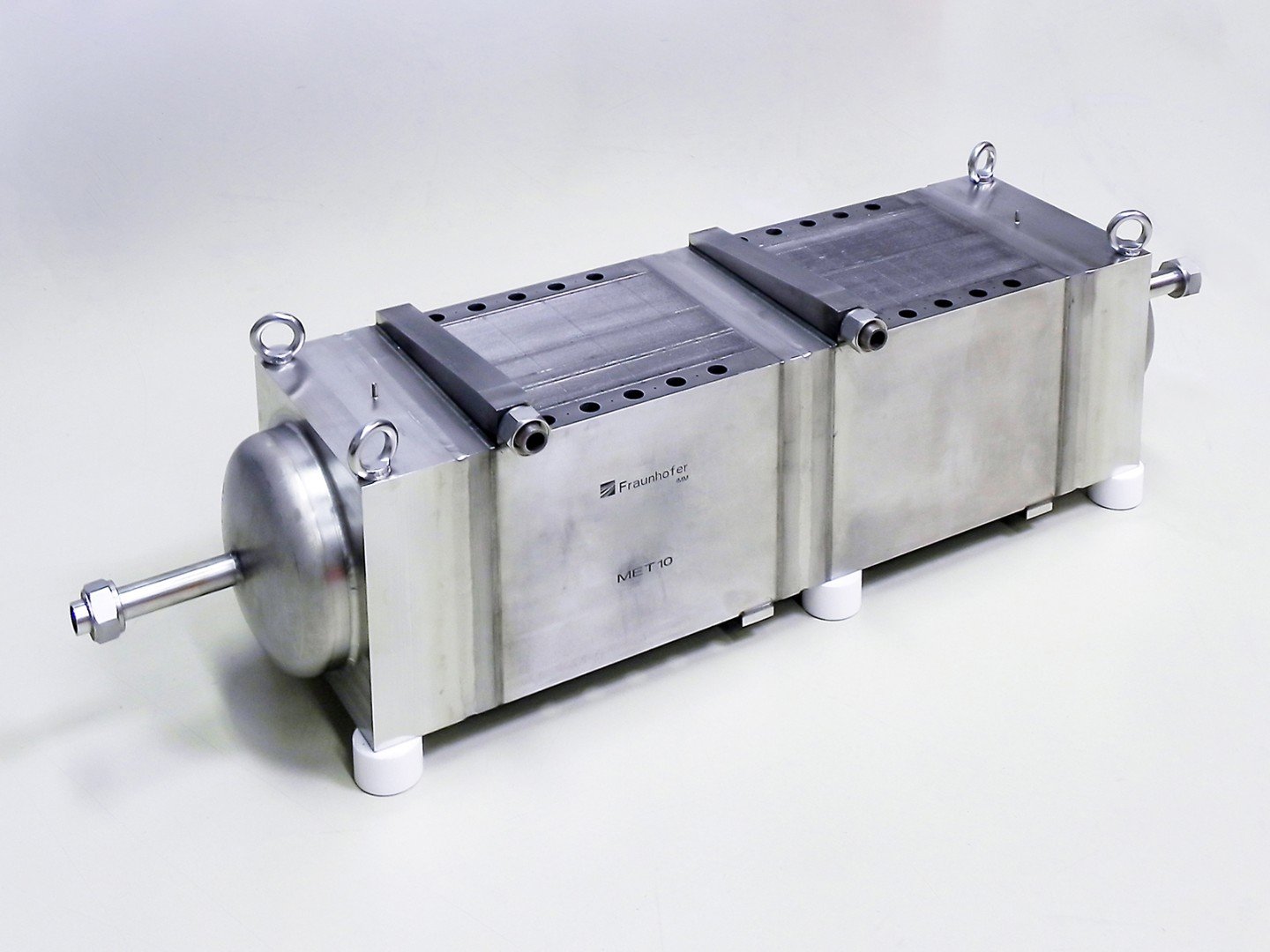
Germany is on the road to climate neutrality and is aiming to reduce carbon dioxide emissions by 65 percent by 2030 compared to the 1990 levels. Biogas plants play an important role in defossilization: Bacteria in these plants break down biomass in the absence of oxygen to form biogas which, on average, comprises up to 60 percent methane and more than 40 percent CO2. While the biogas is used to generate electricity and heat in combined heat and power units or can be upgraded to natural gas quality and fed into the natural gas network, the CO2 has not been utilised to date, writes the Fraunhofer Institute in a press release.
Ensuring full use of biogas
Researchers from Fraunhofer IMM are now working at technology to utilise the CO2. “We are converting the CO2 into methane using green hydrogen,” says Dr. Christian Bidart, one of the scientists at Fraunhofer IMM, explaining the principle behind the new process. This means that the biogas produced can be used to its full extent now and not only to around 60 percent, as in the past. The underlying chemical reaction has been discovered more than hundred years ago, but to date it has not been used for direct upgrading of biogas. In the scope of the energy transition process, however, pathways for the utilisation of CO2 are getting into focus.

In the ICOCAD I project, the research team developed a demonstration plant which converts one cubic meter of biogas per hour into one cubic meter of methane with a thermal power equivalent of ten kilowatts of the electrolyser required to produce the hydrogen for the process. In the follow-up project ICOCAD II, the researchers are now in the process of scaling up this demonstrator by a factor of five – to a thermal output of 50 kilowatts. One of the challenges in this project is the highly dynamic nature of the process. The amount of electricity generated by wind and photovoltaic systems fluctuates significantly – which means that the amount of green hydrogen obtained from water using electricity in electrolyzers is also subject to considerable fluctuations. The demonstration plant therefore needs to be able to respond quickly to varying quantities of hydrogen. Storing hydrogen would technically be possible but would be complicated and expensive. “We are therefore working on making the entire system flexible in order to avoid hydrogen storage to the largest possible extent,” says Bidart. CO2 storage tanks are part of this plan, because the quantity of CO2 produced in the biogas plants remains constant.
Developing efficient catalysts
Developing efficient catalysts for the reaction was another challenge. The solution that the Fraunhofer IMM researchers came up with was to use a microcoating made from precious metals. The principle behind it is that hydrogen and carbon dioxide flow through a large number of microchannels – which have walls coated with the catalyst – where they react with each other. “In this way, we can increase the contact surface between the gases and the catalyst material and reduce the amount of catalyst required,” says Bidart. Numerous microstructures of this kind are stacked on top of each other in the reactor.
Plans for further upscaling
The researchers are currently working on implementing the larger demonstrator and realizing dynamic operation. They hope to be able to put this plant into operation in 2023 so they can test it under real conditions at a biogas plant. However, this is by no means the limit of their upscaling plans – given the large volumes of CO2 produced by the biogas plants. The researchers therefore have further plans to scale up to 500 kilowatts by 2025 and again to one to two megawatts by 2026.
Selected for you!
Innovation Origins is the European platform for innovation news. In addition to the many reports from our own editors in 15 European countries, we select the most important press releases from reliable sources. This way you can stay up to date on what is happening in the world of innovation. Are you or do you know an organization that should not be missing from our list of selected sources? Then report to our editorial team.







